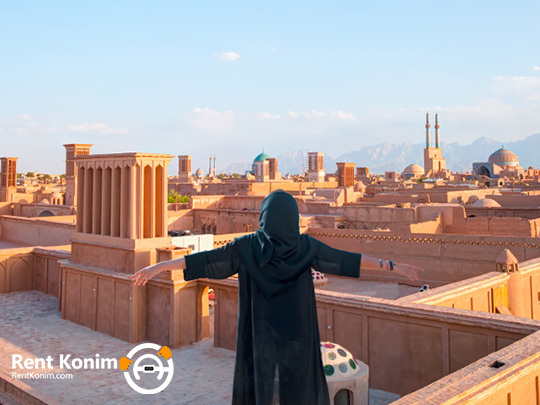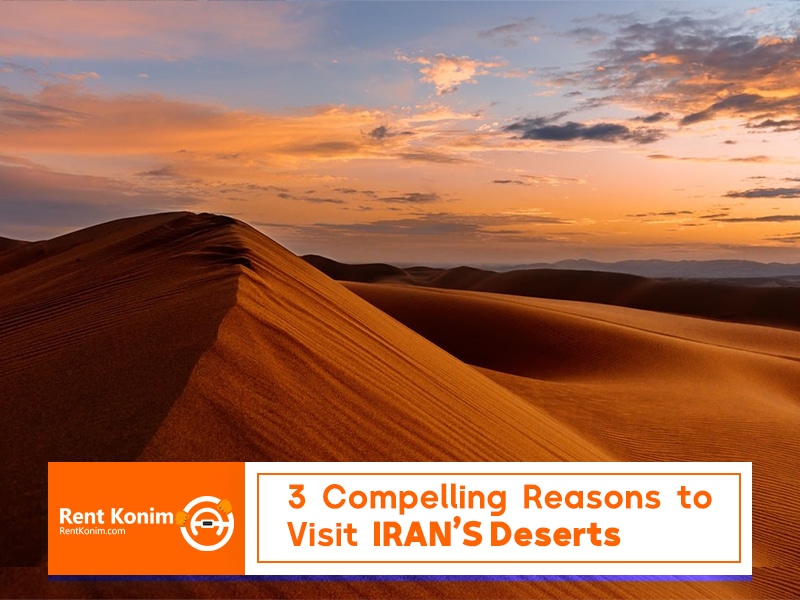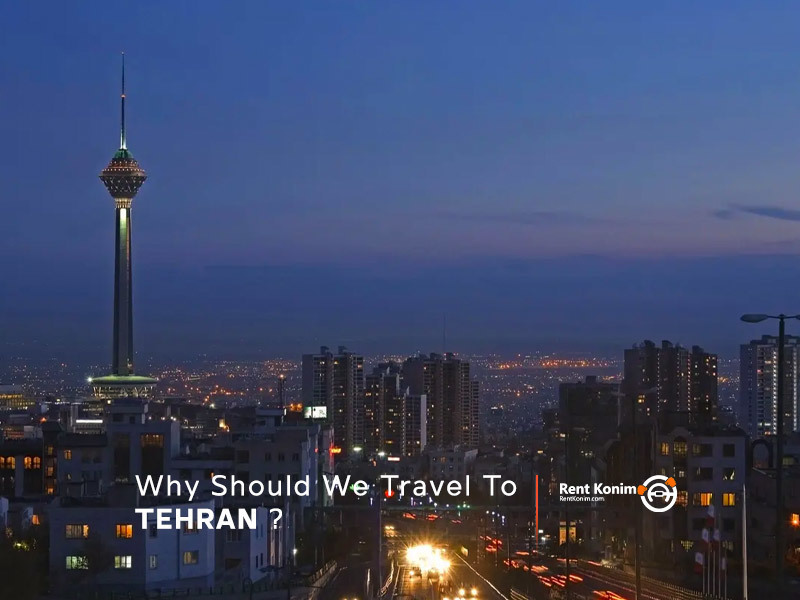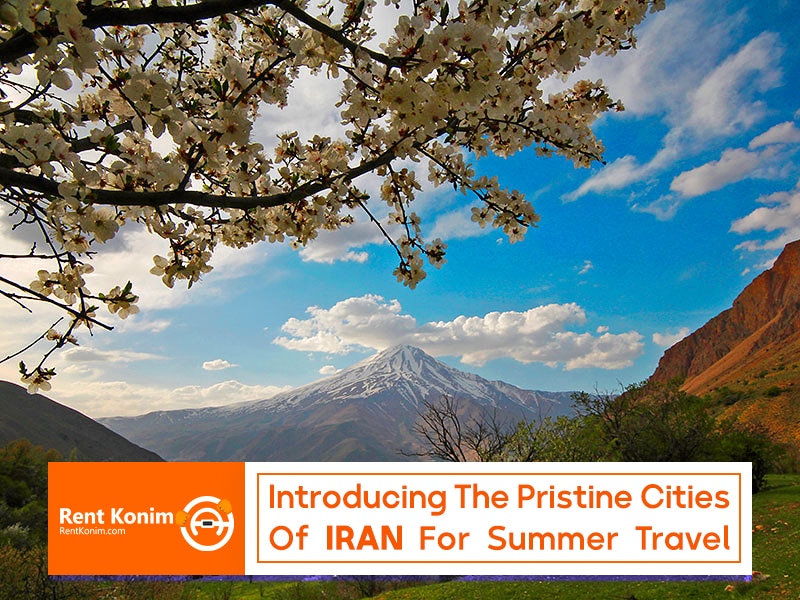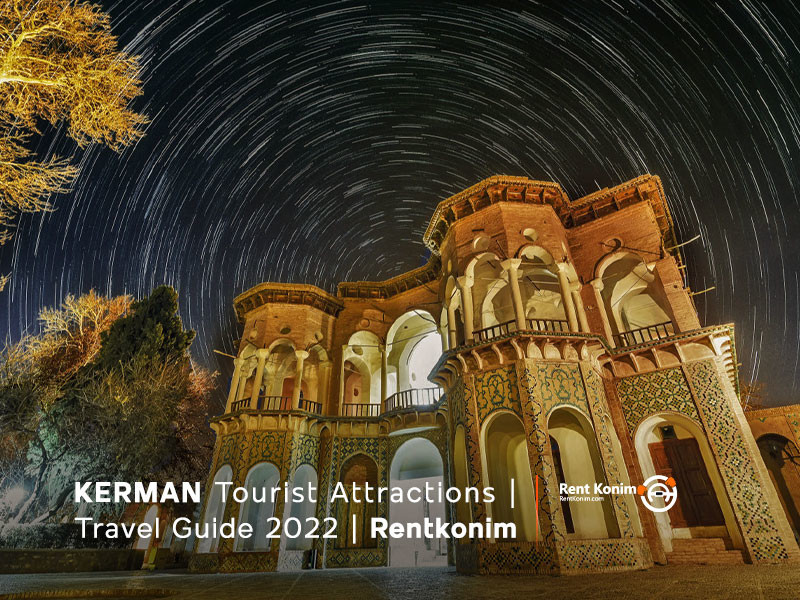The Iranian UNESCO World Heritage Sites collectively showcase the ancient and diverse heritage of Iran, encompassing historical, natural, and cultural treasures integral to global human history and evolution. UNESCO’s recognition of these Iran UNESCO World Heritage Sites underscores their universal importance in preserving historical and natural assets worldwide, transcending boundaries of race and religion. It emphasizes the shared responsibility of safeguarding our planet’s cultural and natural wealth for future generations. These UNESCO-listed Iranian attractions hold a special place in the hearts of history enthusiasts globally, serving as a testament to Iran’s rich heritage. In this article, we present a comprehensive list of Iran UNESCO World Heritage Sites along with the year of their designation. Stay with us to delve into the wonders of Iran’s past and present.
Natural Iran UNESCO World Heritage sites
Among the Iranian attractions inscribed on the UNESCO World Heritage List, two belong to Iran’s natural attractions. Iran, with its diverse natural climate, from the sea and forests to the desert, covers a diverse natural range. In the following, we will introduce the natural monuments of Iran registered with UNESCO.
Lut desert
- Provinces of Sistan and Baluchestan, South Khorasan and Kerman
- Registration year: 2016
Hyrcanian forests
- North Khorasan, Golestan, Mazandaran and Gilan provinces
- Registration year: 2019
Cultural Iran UNESCO World Heritage sites
A significant part of Iran’s UNESCO World Heritage Sites is dedicated to cultural attractions. The oldest world civilizations in the past lived on the plateau of Iran, which today is a significant part of this plateau, and therefore, significant historical and cultural monuments of Iran are registered in the UNESCO list. The number of Iranian cultural monuments registered in UNESCO will reach 24, and due to Iran’s vast capacities in this field, it is predicted that this number will increase in the coming years. In this section, we will introduce Iranian remains registered in UNESCO.
Chogha Zanbil
- Khuzestan Province
- Registration year: 1979
Persepolis
- Fars province
- Registration year: 1979
Naghsh-e-Jahan Square of Isfahan
- Isfahan province
- Registration year: 1979
Takht-e Soleyman
- West Azerbaijan Province
- Registration year: 2003
Bam and its cultural landscape
- Kerman province
- Registration year: 2004
Pasargadae
- Fars province
- Registration year: 2004
Soltaniyeh
- Zanjan Province
- Registration year: 2005
Bisotun
- Kermanshah province
- Registration year: 2006
Armenian Monastic Ensembles of Iran
- Provinces of East and West Azerbaijan
- Registration year: 2008
Shushtar Historical Hydraulic System
- Khuzestan Province
- Registration year: 2009
Tabriz Historic Bazaar Complex
- East Azerbaijan Province
- Registration year: 2010 AD
Sheikh Safi al-din Khānegāh and Shrine Ensemble in Ardabil
- Ardabil province
- Registration year: 2010 AD
The Persian Garden
- Fars, Mazandaran, Isfahan, Kerman, Yazd and South Khorasan provinces
- Registration year: 2011
Jame Mosque of Isfahan
- Isfahan province
- Registration year: 2012
Gonbad-e Qabus
- Golestan province
- Registration year: 2012
Golestan palace
- Tehran Province
- Registration year: 2013
Shahr-i Sokhta
- Sistan and Baluchestan Province
- Registration year: 2014
Cultural Landscape of Maymand
- Kerman province
- Registration year: 2015 AD
Susa
- Khuzestan Province
- Registration year: 2015 AD
The Persian Qanat
- Provinces of Khorasan Razavi, South Khorasan, Yazd, Kerman, Markazi and Isfahan
- Registration year: 2016
The historic city of Yazd
- Yazd Province
- Registration year: 2017
Sassanid Archaeological Landscape of Fars Region
- Fars province
- Registration year: 2018
Trans-Iranian Railway
- Ghaemshahr, Gaduk, Garmsar, Tehran, Arak, Doroud, Shahbazan, and Andimeshk.
- Registration year: 2021
The cultural landscape of Oramanat (Horaman)
- Kermanshah and Kurdistan provinces
- Registration year: 2002
Last words
Iran’s UNESCO World Heritage Sites embody the profound antiquity of this ancient land, with a rich collection of historical, natural, and cultural treasures gracing the UNESCO World Heritage List. The preservation of these global assets transcends borders, serving as a testament to the shared responsibility of safeguarding our world’s cultural and natural heritage. Iran’s UNESCO-listed attractions are a testament to its enduring legacy, capturing the imagination of history enthusiasts worldwide. In this article, we’ve presented a comprehensive list of Iranian UNESCO World Heritage Sites, highlighting their cultural and natural significance. Stay with us to embark on a journey through Iran’s remarkable past and present.
